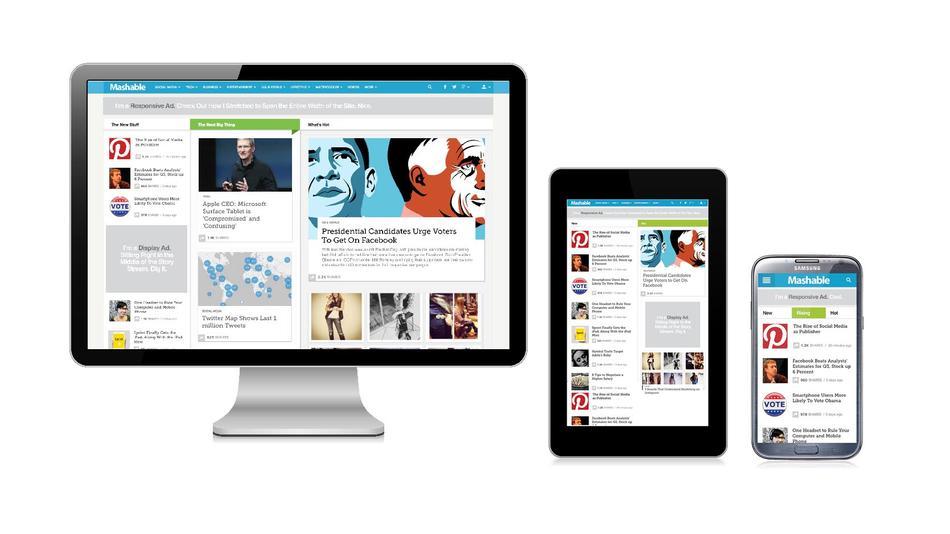Arts marketing and communications blogger Marc van Bree (aka Dutch Perspective) proposes that apps may not always be an ideal mobile option for arts organizations. Studies comparing web browsing and mobile apps are inconclusive regarding projected user popularity in coming years, leaving organizations with multiple possibilities for cultivating their mobile presence. Research conducted by MDG Advertising indicates that mobile websites have more unique visitors anda higher impression rate than apps, but users tend to engage more deeply with apps. Tony Smith of Melbourne’s Open Source Developers Club states that apps are ideal for “narrowly defined repetitive tasks” (Fruit Ninja, anyone?), likely due to their standalone and sometimes offline nature. Another unnamed source quoted in Van Bree’s article establishes two contrasting scenarios in which apps are successful: 1) broad “mass-market” platforms such as the major social media outlets, and 2) robust, specialized tools intended for professional industry usage. From this information, van Bree makes the case that arts organizations may not benefit from building an app because their needs occupy the middle ground. Specifically, many arts institutions are largely defined by their location and surrounding community, which disqualifies them as “mass-market” by its basic definition, and their intentions for mobile technology are more engagement-driven than meant for industry use.
Van Bree suggests responsive design – a website whose layout and content adapts to the constraints of the device that accessed the site – as a potentially powerful option for arts organizations. (For an example of responsive design, compare the Starbucks website on your various devices!) He also provides a comparative chart outlining the benefits and shortcomings of mobile apps, mobile-friendly versions of websites, and responsive design.

In summary, mobile apps excel in the “User Experience” category, which includes criteria such as ease of use and the possibility of offline access. However, the app’s one major drawback in this category is the challenges of distribution compared to mobile sites. Responsive design dominates in the “Management” (i.e. back-end maintenance and ROI measurement) category, meaning that updating content and analyzing metrics are relatively easy. Mobile websites perform strongly in the “Development” category, meaning that they are the least expensive of the three in terms of time, money, and flexibility across platforms.
Significant to a non-profit’s bottom line, van Bree’s argument is one worth considering in one’s decision whether to invest their time and financial resources in an app or a mobile/responsive design website. As mentioned above, van Bree’s comparison chart ranks apps as the most expensive type in terms of development, money, and content maintenance, so creating one might not be the best investment if a mobile-optimized website could perform the same intended tasks. Many performing arts organizations in particular have already deployed highly functional and well-designed apps, some of which even boast convenient in-app ticketpurchasing features, but overall there is substantial content overlap between apps and websites.
Before embarking on any kind of mobile tech development project, it is important to assess your organization’s unique goals and needs, with the understanding that an app is not the only available possibility just because everyone else seems to be jumping in on the trend. Regardless, apps are still a relatively new and valuable channel for arts organizations to investigate, especially if they move beyond mere transactional and informational function and into a role of active patron engagement and conversation.
Featured photo credit: mashable.com


